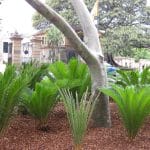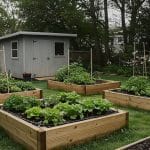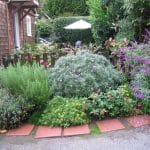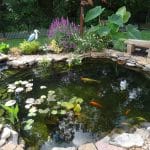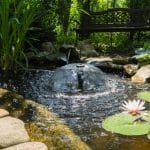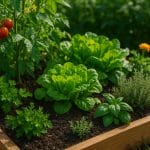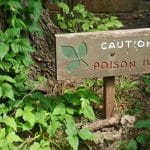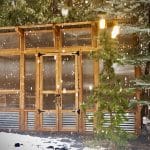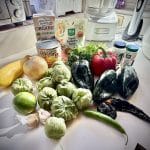The Ultimate Organic Soil Mix for Thriving Raised Garden Beds
Raised Bed Garden
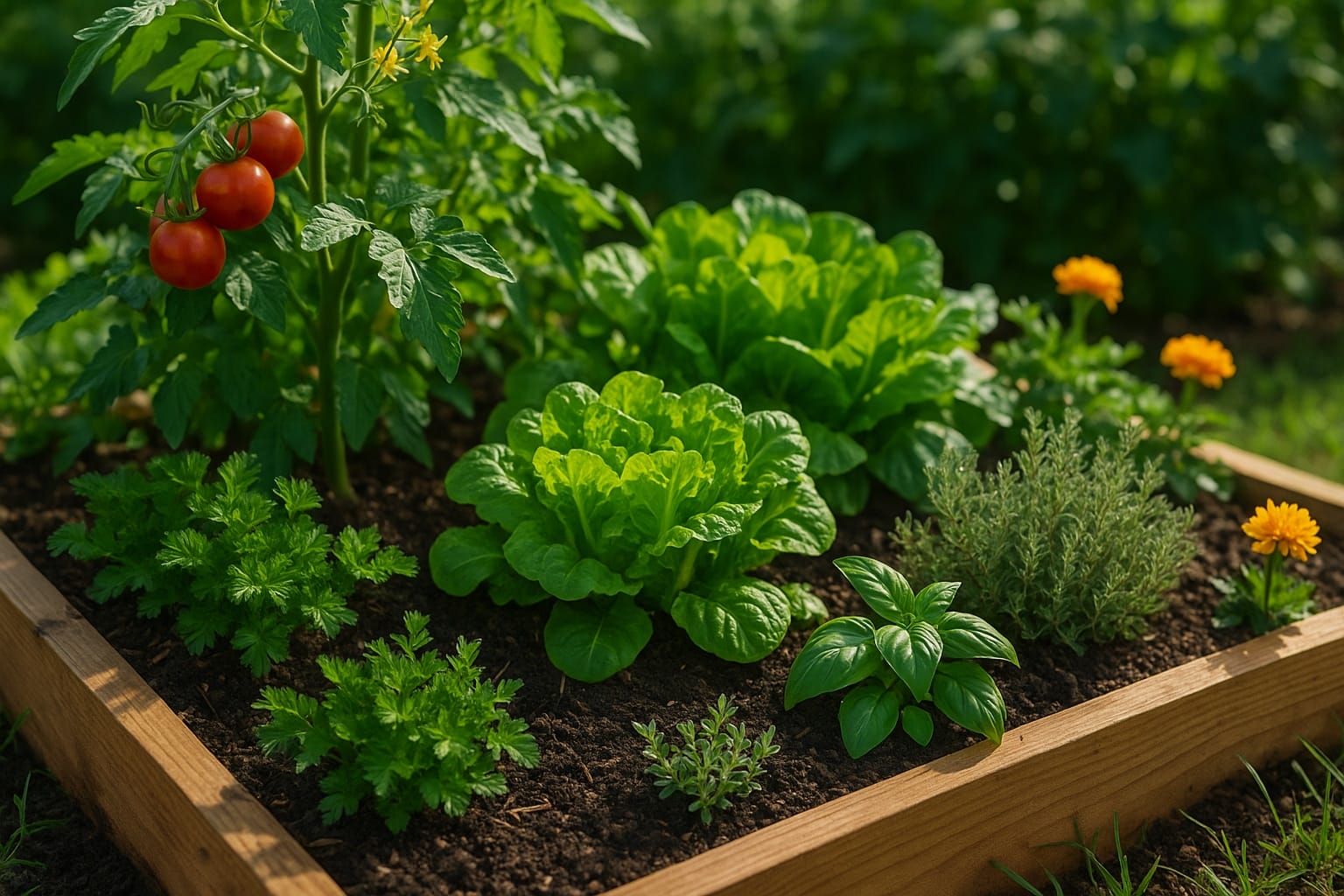
Getting Soil Right From the Start
Most gardeners have had that moment: the new raised bed looks perfect, the seedlings are tucked in, and a month later the whole thing is… flat. Tomatoes sulking, lettuces bolting, soil crusting over like an old loaf of bread. Nine times out of ten, the problem isn’t the plants. It’s the soil.
And in raised beds, you’ve got to build that engine from scratch. That’s both the challenge and the fun of it. Done right, the soil feels alive in your hands — crumbly, earthy, with that smell you only get from healthy ground. Plants know the difference instantly.
Why Organic Soil Makes All the Difference
University studies (like Maryland Extension’s work on organic matter) say the sweet spot for garden beds is 5–10% organic matter. At that level, soil acts like a sponge. It holds water but doesn’t suffocate roots. It releases nutrients slowly, rather than in a single significant release. And it resists compaction.
That’s why “moisture control” bags from big-box stores often fail to deliver. They might look fluffy on day one, but there’s no biology in there to sustain your plants long-term.
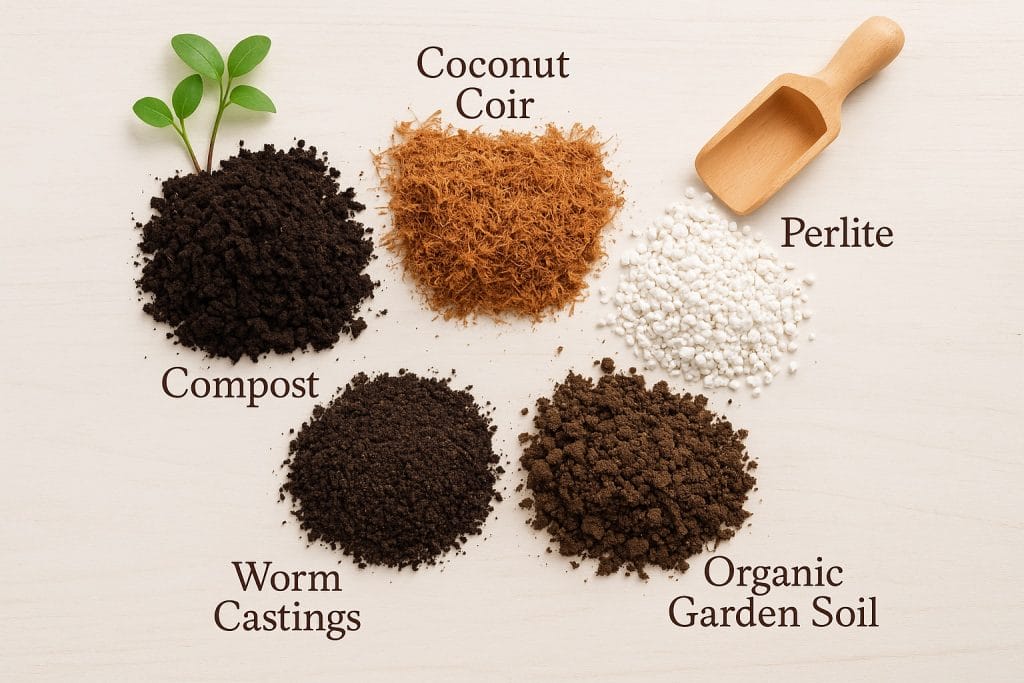
The Three Jobs of a Good Raised Bed Mix
Every raised bed mix worth its salt has to do three things: provide structure, feed plants, and keep everything airy.
1. The Solid Base (Around 50%)
Start with real soil. Not fill dirt. Not whatever someone’s giving away free on Craigslist. You want either screened topsoil or a bagged organic garden soil that’s OMRI-listed (that little seal means it’s approved for organic growing).
Brands I’ve used and trusted:
- Espoma Organic All-Purpose Garden Soil
- Kellogg Garden Organics All-Natural Garden Soil
- FoxFarm Ocean Forest
This is what keeps the bed from sinking like a collapsed cake after the first season. It gives roots a backbone to grow into.
2. The Nutrients (30–40%)
This is the part that wakes up the soil. Compost is what keeps everything humming. Got a pile going in the backyard? Perfect — that’s the good stuff, the kind you can’t buy. But if you don’t, no worries. There are plenty of solid bagged composts at the garden center that will do the job.
- G&B Organics Purely Compost
- Black Kow Composted Manure
- Dr. Earth Organic Compost
On top of that, sprinkle in some extras to really boost things:
- Worm castings (Wiggle Worm Soil Builder is a reliable bagged option)
- Biochar (I like CharGrow Biochar, but any pre-charged biochar works)
- Mycorrhizal fungi (look for Great White or MycoBloom)
These are the “probiotics” of the soil world. They don’t replace compost — they amplify it.
3. The Fluff (10–20%)
Raised beds dry out quicker than in-ground gardens, so you need something that holds water but doesn’t swamp the roots.
- Coconut coir is my go-to. It’s sustainable and expands like crazy when rehydrated. (Brands like Coco Bliss or Mother Earth Coir work well.)
- Peat moss will do the job, but I reach for coir first — peat is a non-renewable resource.
And for aeration? You need pumice or perlite. Pumice is heavier and won’t float to the top, but perlite is readily available at most garden centers. Both do the same job: they create little air pockets so roots can breathe. Skip this step, and you’ll end up with compacted soil and forked carrots.
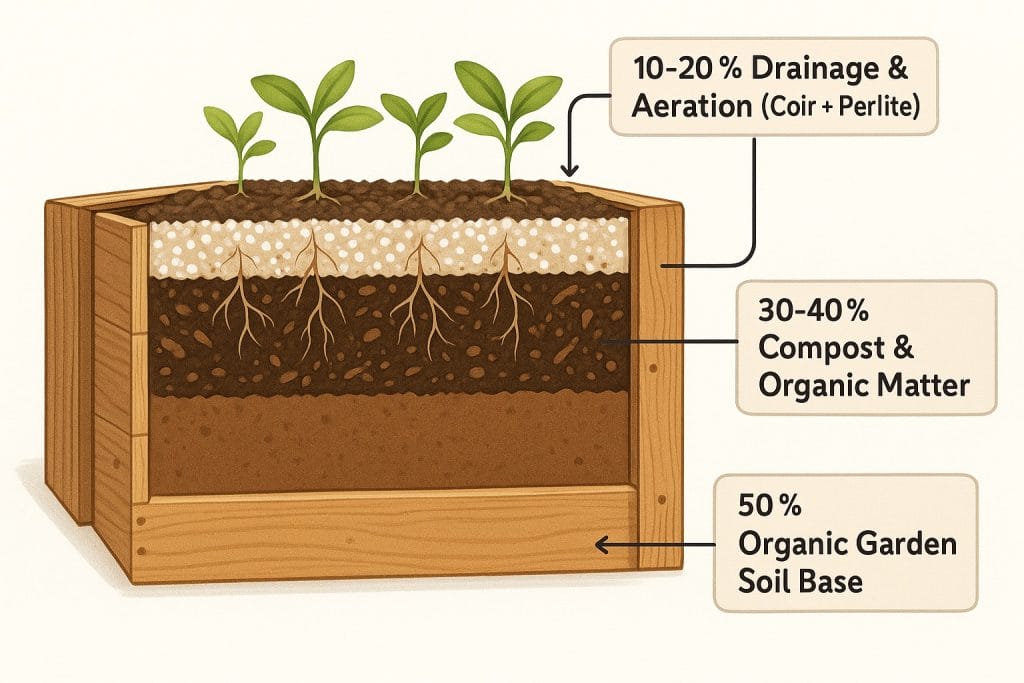
The Simple Recipe
You don’t need measuring cups or spreadsheets. Just aim for this balance:
- 5 parts soil (Espoma, Kellogg, or FoxFarm)
- 3 parts compost (Black Kow, G&B, Dr. Earth, or homemade)
- 1 part coconut coir (or peat moss)
- 1 part pumice or perlite
Dump it on a tarp, mix it with a shovel, and into the bed it goes.
Which Soil Wins for Raised Beds?
A quick side-by-side of a living, organic mix versus a typical bag of “garden soil.”
| What You’re Comparing | Your Organic Raised-Bed Mix | Bagged “Garden Soil” |
|---|---|---|
| Best Use | Raised beds; can be adapted for containers with extra coir + perlite. | Amending in-ground beds; often too heavy or inconsistent for raised beds/containers. |
| Makeup | ~50% quality soil, 30–40% compost, 10–20% coir/peat + perlite/pumice; optional worm castings, biochar, mycorrhizae. | Varies widely; can include composted forest products, sand, fines, and fillers; biology inconsistent. |
| Drainage & Aeration | Balanced. Perlite/pumice keep air pockets open; roots breathe. | Hit-or-miss. Can compact or turn mushy; roots struggle for air. |
| Moisture Handling | Coir/peat + compost hold water without waterlogging. | “Moisture control” blends may stay wet or dry unevenly. |
| Organic Matter | Target 5–10% OM; easy to maintain by top-dressing compost yearly. | Unknown. Can be low or loaded with undecomposed wood that ties up nitrogen. |
| Soil Biology | High, especially with compost + castings + mycorrhizae. | Variable. Often low or inactive out of the bag. |
| Settling Over Time | Some first-year settling; top off with compost each spring. | Can collapse significantly or develop hardpan; requires more fixes. |
| Heavy Feeders | Performs well; side-dress mid-season (e.g., Espoma Tomato-Tone, Kellogg Tomato/Veg). | Often needs frequent correction and extra inputs. |
| Root Crops | Add a bit more perlite/pumice for straighter carrots/beets. | Compaction causes forking/twisting. |
| Containers (Planters & Pots) | Use a lighter version (more coir + perlite) or blend with organic potting mix (Espoma, FoxFarm Happy Frog). | Often too dense for pots; drainage problems are common. |
| Long-Term Value | Improves every season; easy to refresh with compost. | Inconsistent; may require frequent amending or replacement. |
Tip: For raised beds, think “structure, food, air.” For containers, go lighter: more coir and perlite, or a quality organic potting mix.
Raised Beds vs. Planters and Pots
Here’s something gardeners often overlook: the soil used for raised beds isn’t the same as the soil used for planters or pots.
- Raised beds are open to the ground. They’re bigger, deeper, and more forgiving. You can use topsoil, compost, and aeration materials, and the bed will balance itself out over time.
- Planters and pots are closed systems. There’s no “help” from the soil beneath, so the mix has to drain perfectly and hold enough moisture on its own. For pots, skip heavy topsoil altogether. Use lighter mixes, such as Espoma Organic Potting Mix or FoxFarm Happy Frog, with extra coir and perlite.
Think of it this way: a raised bed is like a backyard swimming pool. A container is a bathtub. One has more room for balance, the other needs constant attention.
Why This Blend Works
- Moisture balance: Compost and coir hold water, while pumice/perlite prevents it from becoming soggy.
- Steady nutrition: Compost and worm castings provide slow and consistent feeding.
- Lasting structure: soil base holds shape; aeration keeps it breathable.
It’s forgiving, simple, and — best of all — it gets better every year, rather than worse.
Keeping It Healthy Season After Season
- Beds will settle in the first year. Don’t panic. Just top up with compost each spring.
- Heavy feeders like tomatoes, squash, and corn love an extra dose of fertilizer mid-season. I use Espoma Tomato-Tone or Kellogg’s Tomato, Vegetable & Herb Food.
- For root crops, lighten the mix with a bit more perlite. They’ll grow straighter.
- In fall, throw in shredded leaves or sow a cover crop. By spring, that organic matter will have broken
- down into fresh food for the soil.
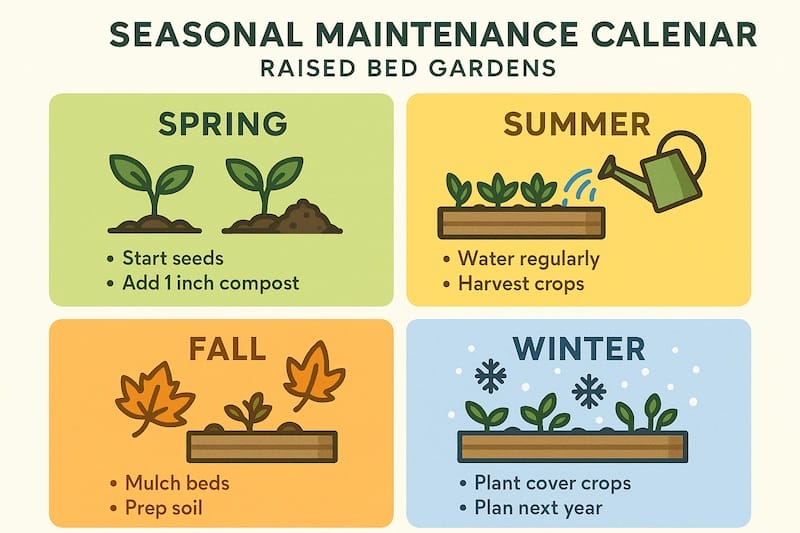
Common Mistakes to Avoid
- Straight compost — compacts, shrinks, and turns soggy.
- Cheap bulk “topsoil” — often full of weeds, clay, or construction debris.
- Skipping aeration leads to suffocated roots and stunted growth.
Raised Bed Soil FAQ
Can I fill a raised bed with just compost?
No. Compost alone compacts too quickly and holds too much water. Always mix it with real soil plus something for aeration like pumice or perlite.
What’s the cheapest way to fill a tall bed?
Use hugelkultur: stack logs and branches at the bottom, cover with soil, then add your organic mix on top. The wood slowly breaks down and feeds the bed for years.
Do I need to replace all the soil every year?
No. Just top off with 1–2 inches of compost each spring. A good organic soil mix only improves with age.
What soil pH is best for vegetables?
Most vegetables prefer soil between 6.0 and 7.0. Compost usually balances things out, but a simple soil test kit is worth using once in a while.
Closing Thought
Soil is the one thing in gardening worth sweating over. Build it with care — soil that has structure, food, and air — and your raised beds will reward you for years. The plants will look healthier, the harvest will taste better, and the work will get easier. Once you’ve dug into a bed of truly alive soil, you’ll wonder how you ever gardened without it.
Share this post
Table of Contents
- Getting Soil Right From the Start
- Why Organic Soil Makes All the Difference
- The Three Jobs of a Good Raised Bed Mix
- 1. The Solid Base (Around 50%)
- 2. The Nutrients (30–40%)
- 3. The Fluff (10–20%)
- The Simple Recipe
- Which Soil Wins for Raised Beds?
- Raised Beds vs. Planters and Pots
- Why This Blend Works
- Keeping It Healthy Season After Season
- Common Mistakes to Avoid
- Raised Bed Soil FAQ
- Closing Thought
All categories
More From The Garden
Disclosure: This post may contain affiliate links. That means if you click and buy, The Bright Garden may earn a small commission, at no extra cost to you. We only recommend products we’ve vetted and believe will benefit our readers.

